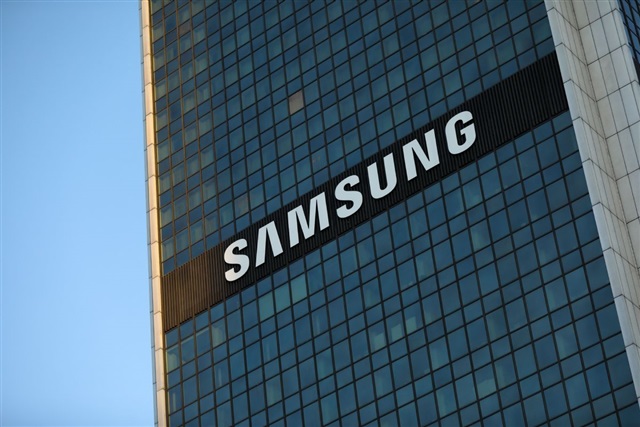Samsung Electronics is reportedly preparing to convert portions of its NAND flash production lines in Pyeongtaek and Hwaseong into DRAM facilities as the company races to meet surging demand for general-purpose DRAM used in AI servers and data centers.
Industry sources say shortages have become so acute that some major tech companies have offered Samsung price increases of up to 70% for high-capacity server DRAM such as 96 GB and 128 GB DDR5 modules, yet still cannot secure needed volumes.
Strategic repurposing of production facilities
Korean news outlets, including the Seoul Economic Daily, report that Samsung is adopting a conservative outlook on the NAND market while demand and prices for DRAM continue to climb sharply.
In response, Samsung is evaluating plans to scale back NAND capacity at its mixed-production lines. This involves reviewing capacity at its Pyeongtaek P1 fab and across its Hwaseong campus, both of which currently manufacture both NAND and DRAM.
The company is also completing construction on the Pyeongtaek P4 fab, which is set to begin operating in 2026 as a dedicated 10nm-class 1c DRAM facility. A separate area of the P4 complex, initially planned for foundry equipment, is now also being evaluated for conversion to DRAM production.
To accommodate the explosive demand, Samsung plans to transition its NAND lines. The Korean media outlet Chosun Biz previously cited Omdia data indicating Samsung has already lowered its NAND production target for 2025 by about 7% compared with 2024 and is expected to continue reducing output through 2026.
Industry analysts estimate that current DRAM demand is roughly three times greater than the combined output of Samsung, SK hynix, and Micron. With global cloud providers aggressively expanding their AI infrastructure, the DRAM shortage is expected to persist, leading some major customers to begin negotiating supply agreements for as far out as 2027.
Big tech locks in NAND flash supply
A related report from Chosun Biz suggests that the NAND flash market is also entering a period of tightening supply. Samsung Electronics, SK Hynix, and Kioxia have already begun early negotiations with major cloud firms to secure NAND volumes for 2027. With next year's allocations essentially sold out, large technology companies are seeking multiyear supply commitments to hedge against rising prices.
Chosun Biz notes that NAND demand is rising rapidly as AI data centers increase their adoption of enterprise SSDs. Hana Securities researcher Kim Rok-ho anticipates NAND demand in 2025 will increase 18% from 2024, with supply falling short by about 5%.
Kioxia has told investors that the NAND market is projected to grow at an average annual rate of 20% from 2024 through 2029, with AI-related products expected to account for roughly half of global demand by the end of that period.
Despite the strong demand outlook, most NAND manufacturers are prioritizing the transition to advanced process technologies over expanding overall capacity. Samsung and SK hynix, the two largest NAND suppliers, have funneled most new investment into high-bandwidth memory and commodity DRAM, leaving NAND expansion on hold.
As a result, NAND prices have climbed for ten consecutive months. The average fixed transaction price for general-purpose NAND (128 Gb 16Gx8 MLC) reached US$4.35 last month, an increase of 14.9% from September and the highest level recorded this year.
Profit outlook strengthens for Korean giants
With both the DRAM and NAND markets tightening, earnings forecasts for Samsung and SK Hynix have been significantly upgraded. FnGuide data shows
Samsung's projected operating profit for next year is expected to rise about 28% from earlier estimates to KRW76.53 trillion. SK Hynix's estimate increased by a similar margin to KRW70.55 trillion.
Industry insiders suggest that expanding high-margin DRAM production would further strengthen Samsung's profit structure, especially since only three major suppliers dominate the DRAM market. To compensate for reduced domestic NAND output, Samsung is anticipated to increase production at its manufacturing complex in Xi'an, China.
Article edited by Jack Wu




